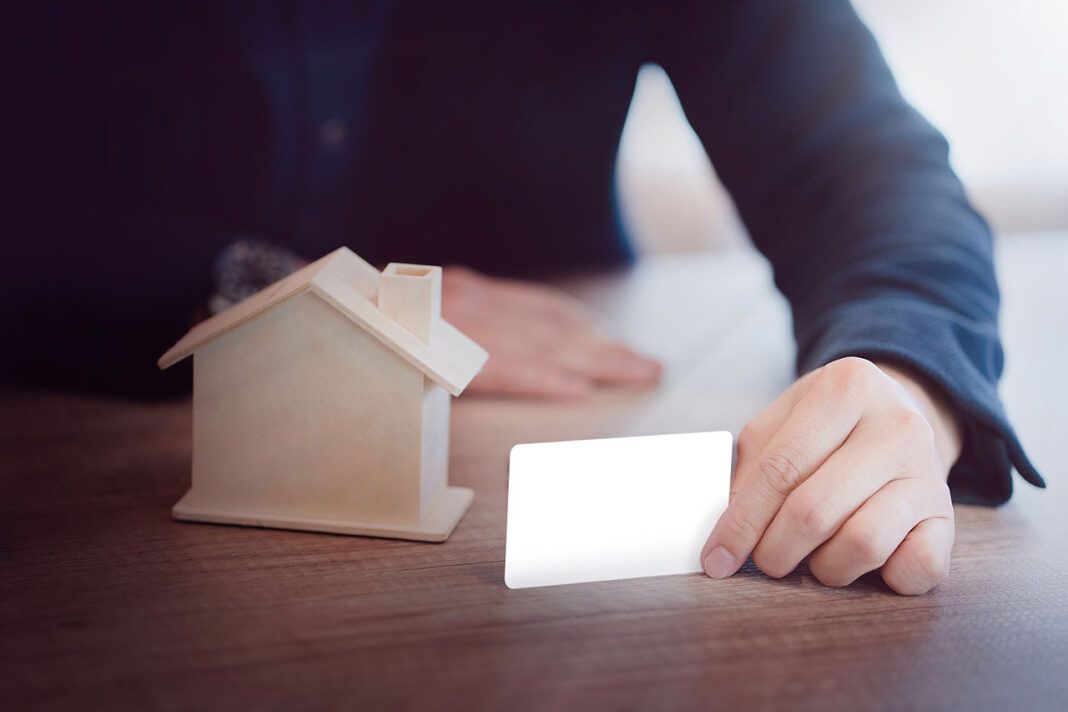Given how expensive buying a home can be, even making arrangements for the down payment can require a lot of planning. That said, today, it is possible to finance a home without making a down payment, for instance, through certain government-backed assistance programs and different kinds of loans. This is especially helpful for first-time homebuyers who are trying to navigate the purchase process and account for all buying costs.
Home financing options
Today, first-time homebuyers can get assistance from the government as well as private and public lenders. Many agencies also offer dedicated assistance programs that make homeownership more affordable and accessible. The availability and exact requirements of such programs can vary from state to state; however, these initiatives offer assistance in the form of grants, which can cover down payment. This reduces the out-of-pocket costs of first-time homebuyers.
Similarly, there are several specialized loans with no down payment schemes. An average homebuyer is supposed to pay over 6% of the purchase as a down payment. Conventional banks demand loan seekers to pay at least 3 to 3.5% of the home price as the down payment, but they may have special terms for specific groups, such as veterans and rural homebuyers with low to moderate incomes.
1. Zero-down-payment mortgages
Certain special home loans let the borrowers buy a property without making a down payment. So, it becomes possible to finance 100% of the home’s purchase value using mortgages. Such loans are typically backed by the Department of Agriculture (USDA) or the Department of Veterans Affairs (VA). They provide guarantees to lenders, reducing the risk of default.
While such no-down-payment mortgages allow those with low savings or income to finance a home purchase, the loans might not be accessible to everyone. Eligibility for such loans is usually determined based on income limits, debt-to-income ratio, and credit score of the borrowers.
Another thing to note is that these loans are beneficial in the short term but could have a higher monthly payout and interest cost over the loan duration.
VA loans
This financing option is meant for veterans, active military service members, and eligible surviving spouses of such service members. The VA backs these loans. In contrast to conventional home financing options, VA loans neither require a down payment nor mortgage insurance. That said, borrowers must pay an upfront funding fee, between 1.25% and 3.3% of the loan amount, to secure VA loans.
USDA loans
These home loans are designed to help those with moderate to low incomes buy homes in defined rural areas. Such loans do not come with a down payment requirement; however, they do carry a guarantee fee—about 1% of the principal loan amount. Beyond this, borrowers must bear a 0.35% annual fee that can be rolled into the mortgage cost.
2. United Wholesale Mortgage loans
This lender offers moderate- and low-income borrowers conventional loans paired with an interest-free, payment-deferred loan that covers a 3% down payment on homes selling for up to $500,000.
3. Sunmark Credit Union loans
The credit union Sunmark also offers a no-down mortgage plan, financing 100% of the home purchase. So, first-time homebuyers do not need to set aside money for a down payment.
4. Gift funds
If one does not have enough money for a down payment, they can ask family members or friends to contribute to the home purchase via a gift fund, which can be in the form of cash or equity. The guidelines regarding gift funds vary depending on the loan product the homebuyer is pursuing. Regardless, the friend or family member here would offer to bear the 3% down payment.
5. 3% conventional home loans
If one does not qualify for a no-down-payment home loan, they can opt for the next best option—a low-down-payment loan. One such option is 3% conventional loans, which, as the name suggests, requires borrowers to pay just 3% of the home’s purchase price as a down payment. For instance, certain government-sponsored enterprises, like Freddie Mac and Fannie Mae, back several such loan programs, including Home Possible, HomeReady, Conventional 97, and HomeOne.
6. FHA loans
These loans, offered by the Federal Housing Administration or FHA, come with a low down payment requirement. So, borrowers have to pay 3.5% of the home’s price as a down payment here. These loans have flexible loan terms for borrowers, even those with credit scores as low as 580. However, borrowers with a credit score between 500 and 579 may not be able to access the low down payment benefit and have to pay 10% of the home value as a down payment.
7. 1% down mortgage programs
Some lenders offer conventional mortgages with just a 1% down payment requirement. Here, borrowers can opt for the Conventional 1% Down program by United Wholesale Mortgage or the ONE+ program by Rocket Mortgage. Either way, the borrowers will be responsible for paying just 1% of the total requisite 3% down payment under these programs.
8. Good Neighbor Next Door
This program, backed by the Department of Housing and Urban Development (HUD), offers a discount of up to 50% to homebuyers, given that they are eligible public service professionals, such as firefighters, teachers, emergency technicians, and law enforcement officers. With this program, borrowers only have to make a down payment of $100.
